2024 marks an exciting new chapter in space exploration, where the steps of science, technology and courage blend together in a magnificent symphony that echoes throughout space.
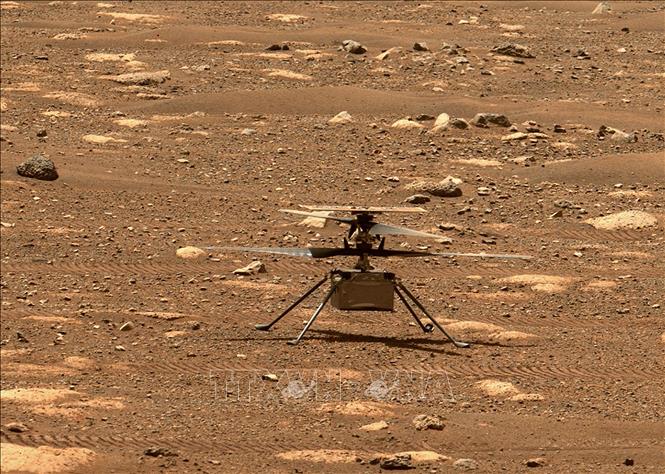
The 2024 journey begins with an emotional farewell. In January, NASA’s tiny bumblebee helicopter, Ingenuity, officially retired after nearly three years of extraordinary service. Although designed for only five flights over 30 days, Ingenuity flew a total of 72 times, traveling more than 8 miles, surpassing all initial expectations.
Not only providing invaluable images and data about the surface of the Red Planet, Ingenuity also paved the way for a new era of space exploration, laying the foundation for future conquests of other planets.
2024 will see the rise of the private sector in space. SpaceX continues to make headway with the Polaris Dawn mission, marking the first time in history that an all-civilian crew has conducted a spacewalk. The crew tested advanced spacesuits and collected data on human physiology in microgravity. Astronaut Sarah Gillis playing the violin in the vastness of space is not only a feat of engineering, but also a symbol of human creativity and limitless adaptability.
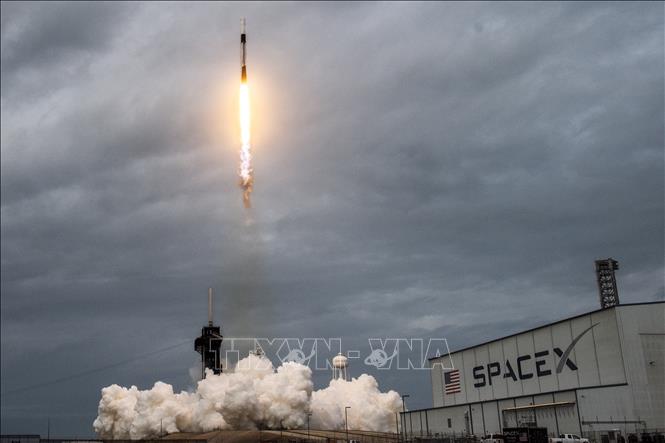
SpaceX is not only pushing the boundaries, but also redefining the space industry. The company has maintained a 100% success rate on its Falcon rockets, with more than 85 launches by 2024, at an unprecedented cost of only about $50 million per mission, 10 times lower than 20 years ago. These breakthroughs have not only opened up opportunities for smaller nations to enter the space industry, but have also created a strong impetus for scientific research projects beyond Earth. In particular, the Starship project – the largest and most powerful rocket and spacecraft system ever built – has had three test launches, bringing the dream of interplanetary missions closer than ever.
The Moon - Earth's only natural satellite - remains the focus of exploration activities in 2024, with landmark achievements by many countries.
Japan and its SLIM lander have achieved a feat with ultra-precision landing technology at the edge of a crater on the Moon. Although the mission was only expected to last 14 days, SLIM operated steadily for more than 90 days, collecting valuable geological data and demonstrating the excellent accuracy of its navigation technology.
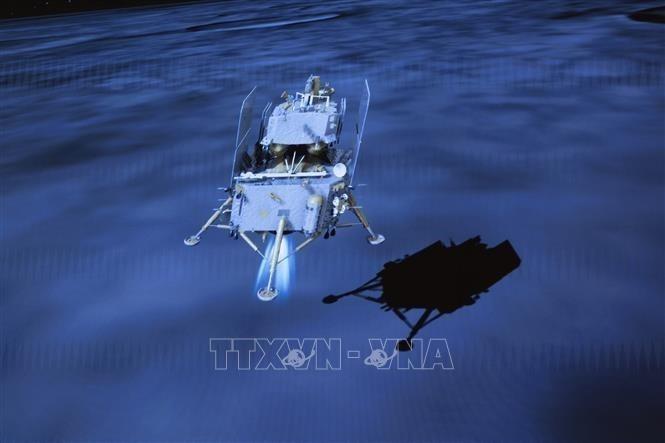
China wrote a new chapter in history when its Chang’e-6 spacecraft successfully collected samples from the far side of the Moon – a first in human history. The samples revealed traces of powerful volcanic activity on the Moon some 2.8 billion years ago, opening up new research directions for the satellite’s geological evolution. An interesting record was also set by Chinese astronauts. On December 17, two Chinese astronauts participating in the Shenzhou-19 mission conducted a spacewalk that lasted 9 hours and 6 minutes, breaking the previous world record set by NASA.
Not to be outdone, India continues to push ahead with its Chandrayaan program, with the ambition of building a permanent base on the Moon. Private companies such as Astrobotic and Intuitive Machines have also played a key role in commercial missions to the Moon, demonstrating a strong trend of public-private collaboration.
2024 will also see major advances in the exploration of the deep reaches of the Solar System. The BepiColombo mission - a collaboration between the European Space Agency (ESA) and the Japan Aerospace Exploration Agency (JAXA) - will reach Mercury, revealing the mysteries of the closest planet to the Sun and the smallest planet in the Solar System. NASA's Europa Clipper spacecraft will begin its journey to Jupiter's icy moon Europa, which could harbor extraterrestrial life. These missions will not only expand our understanding of the universe, but also raise big questions about the origin and existence of life.
Meanwhile, scientists continue to closely monitor near-Earth asteroids, assessing their collision risk and learning about their composition. These studies not only help protect Earth, but also provide important information about the origins of the Solar System.
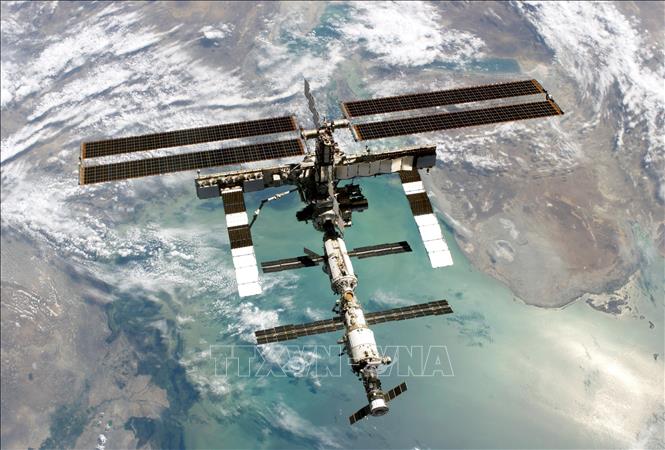
The International Space Station (ISS) has entered its 25th consecutive year of human presence and continues to be the leading center for scientific research in a microgravity environment (since the November 2, 2000 event, when a Russian Soyuz rocket "docked" with the ISS, carrying the first expedition team of 2 Russian cosmonauts and 1 American astronaut). This year, the station hosted 25 astronauts and conducted more than 300 groundbreaking experiments, expanding understanding of the effects of microgravity on biology and technology. A total of 14 spacecraft, including 8 commercial cargo flights, have delivered more than 18,000 kg of equipment and materials to the ISS, facilitating breakthroughs in fields ranging from medicine to materials science. Research on the effects of microgravity on the human body and the development of advanced materials at this unique space laboratory not only serve space exploration but also bring practical benefits to life on Earth, such as studying how microgravity affects bone tissue development, opening up new directions in the treatment of osteoporosis.
In 2024, space technology has made great strides. In addition to SpaceX's rocket reuse technology, scientists are also focusing on developing new propulsion engines such as ion engines and nuclear engines, promising faster and farther trips. New, lighter and more durable materials are also being researched, along with the development of automation and robotics technology, which play an increasingly important role in space exploration.
Space exploration is not only about long-distance journeys but also brings practical benefits to life on Earth. Satellite technology plays a key role in telecommunications, navigation, weather forecasting, environmental monitoring and many other fields. Moreover, space exploration arouses curiosity, passion for science and inspires the younger generation who will continue to write the story of mankind's conquest of space.
The year 2024 marks a brilliant chapter in the history of space exploration. More than just technical milestones or dry numbers, 2024 has vividly demonstrated the eternal aspiration and endless inspiration of mankind: reaching for the stars, deciphering the mysteries of space and seeking answers to the eternal question: Are humans alone in this universe? The vast universe still has countless wonders waiting for us to discover.
According to VNA
Source: https://doanhnghiepvn.vn/cong-nghe/nhin-lai-the-gioi-2024-ban-giao-huong-vang-khap-khong-gian/20241225093627780





![[Photo] Prime Minister Pham Minh Chinh receives Mr. Jefferey Perlman, CEO of Warburg Pincus Group (USA)](https://vstatic.vietnam.vn/vietnam/resource/IMAGE/2025/4/18/c37781eeb50342f09d8fe6841db2426c)























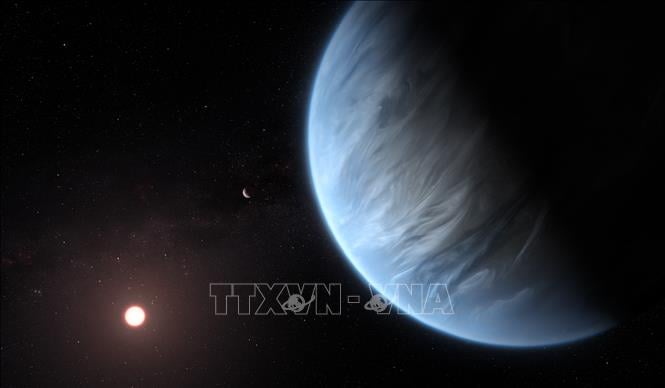




































































Comment (0)